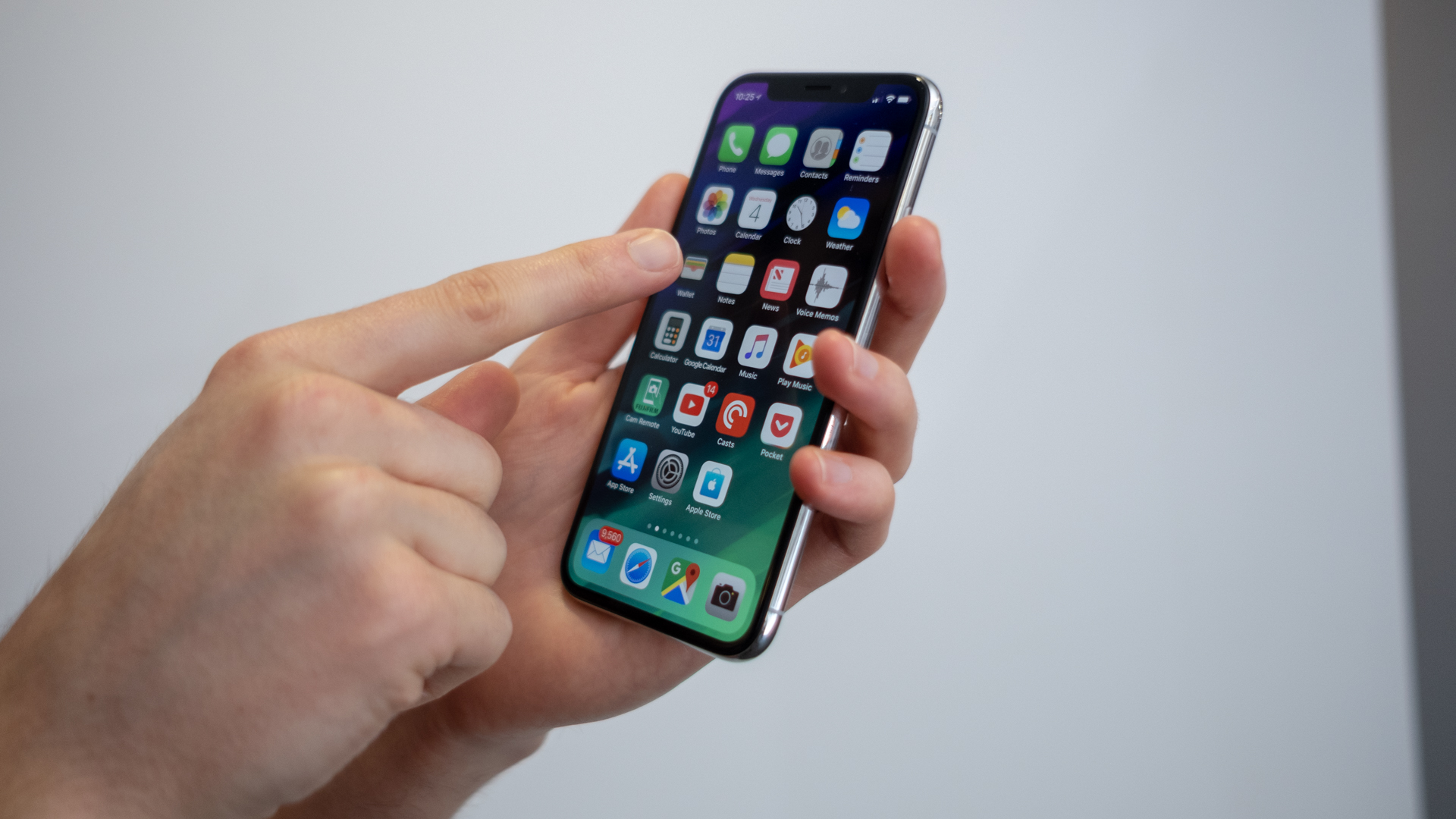Apple’s iPhone SE (2022) may have only launched a couple of months ago, but there’s already talk about the next iteration in the budget smartphone line – and the latest rumor suggests that we might once again be saying farewell to the iconic home button.
The current iPhone SE model bears a striking resemblance to the iPhone 6, which was released all the way back in 2014. It offers a 5.4-inch display and single rear camera, and houses the iPhone’s iconic home button (with in-built Touch ID) at the bottom of the screen.
However, on the Geared Up Podcast, guest Jon Prosser has hinted that the iPhone SE 4 will instead mimic the iPhone XR. It’ll likely still be stuck with one camera, but should get a slightly larger 6.1-inch screen, and will swap out the physical home button and Touch ID for Face ID.
Apple removed the home button from its flagship smartphones with the launch of the iPhone X in November 2017, and for a brief time after it discontinued the original iPhone SE in September 2018, the company didn’t offer a new iPhone with a home button at all. However, barely a year and a half later the home button returned with the launch of the iPhone SE (2020).

If the rumor from Prosser is true though, we might soon be saying farewell to the button once again when the fourth generation of the iPhone SE rolls around.
That being said we should definitely take this rumor with a pinch of salt. With the next iPhone SE likely two years away based on Apple’s current release pattern, it’s unlikely that any design decisions have been set in stone quite yet.
And while Prosser is certainly an Apple expert, his track record has been a little shakier lately – although in this instance we think he could be on the money, as removing the home button makes a lot of sense.
Analysis: Why remove the iPhone home button?
Apple may have removed the home button from its lineup completely in the past, but is it really that much of a nuisance? Well unfortunately for you button-lovers, it kinda is.
Even before its complete removal from flagships with the iPhone X, Apple had to make a serious change to the button it used, turning it from an actual moving part to a solid-state fake that no longer clicked when pressed. This change happened with the launch of the iPhone 7, because too many users with an iPhone 6 or earlier were reporting that the physical button would become less reliable or even stop working after too much use.

However, even this solution had faults. The button still took up valuable space on the face of the iPhone, and by removing the button completely Apple could increase the usable area of its displays without having to increase the size of its phones.
At the same time, many users who'd had their home buttons fail on them discovered the virtual Assistive Touch replacement iPhones came with. This digital home button didn’t just perform the basic functions of the original, but it gave users easy access to some of their iPhone's other essential features, like Siri and the Camera.
So with the button taking up precious space, and an improved alternative already available, it made sense that Apple would want to say so long to the home button on its flagship models.
We'll have to wait and see if the iPhone SE 4 will be following suit soon, but don't be surprised if the next budget smartphone from Apple finally gets a more modern look.
Can't wait for the iPhone SE 4 and want to get an iPhone today? Check out our picks for the best iPhone so you can find the Apple handset that's right for you.
Source: TechRadar